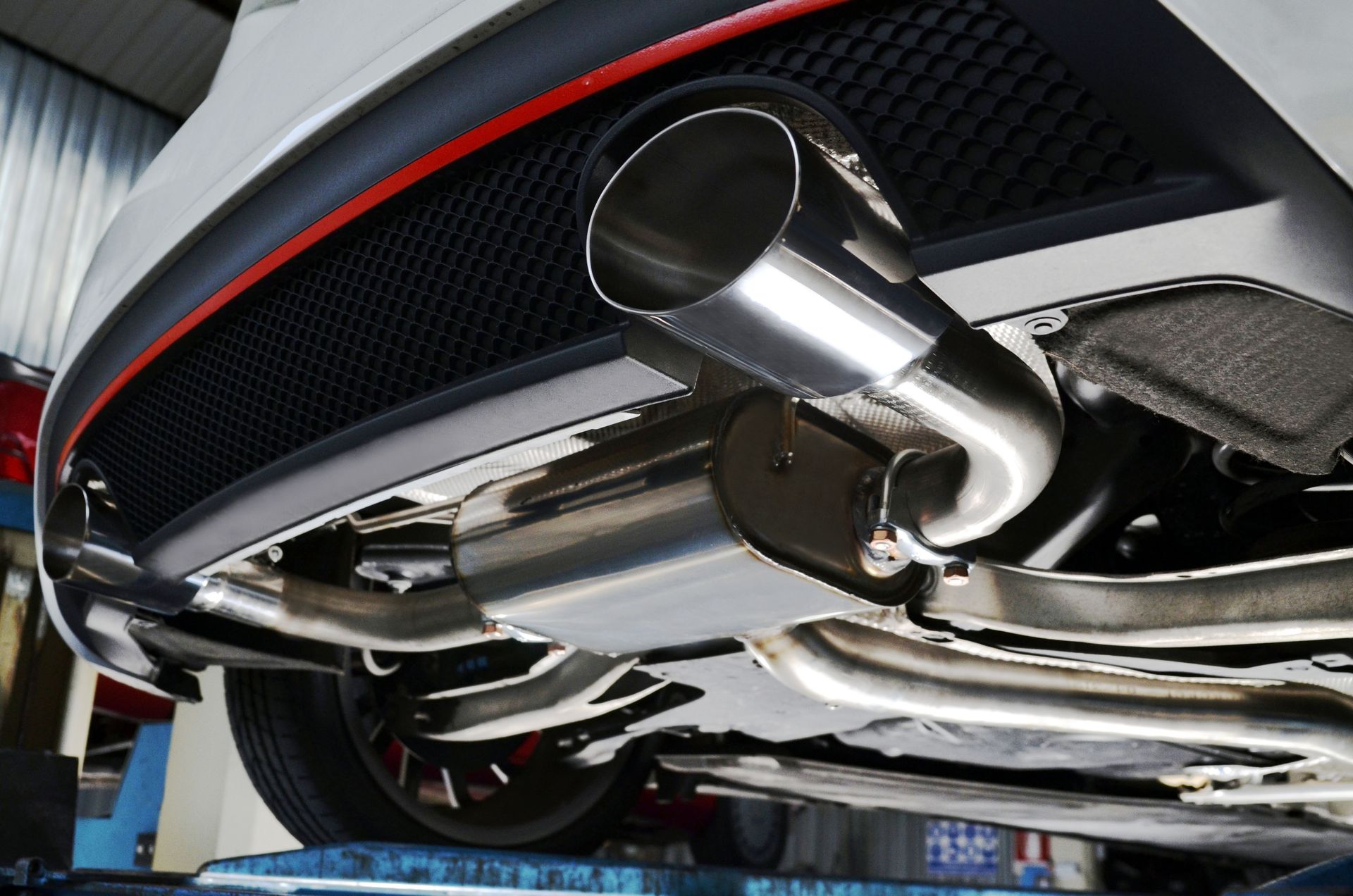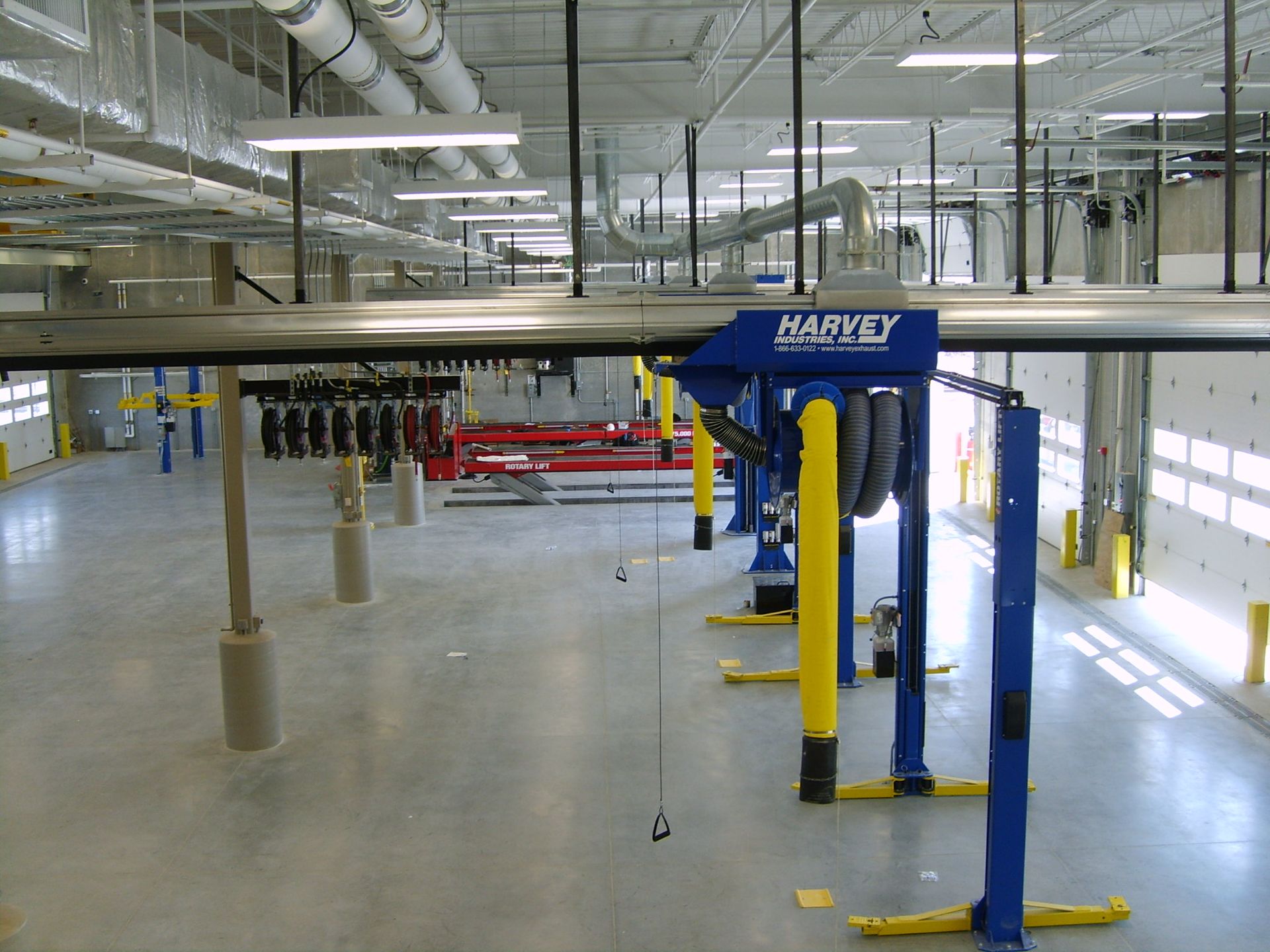October 24, 2025
Maintaining clean air in a workshop, garage, or industrial facility is critical for both safety and compliance. A properly designed exhaust system removes harmful gases, such as carbon monoxide and nitrogen dioxide, before they accumulate and create a hazardous environment. Investing in the right system requires a clear understanding of your workspace needs, vehicle volume, and regulatory standards. The process involves balancing efficiency, durability, and long-term value to make a purchase that supports both employee health and operational productivity.
According to Intel Market Research, the global garage exhaust extraction system market size was valued at $748 million in 2024. This figure reflects growing demand as more facilities recognize the importance of sustainable and safe air management solutions. Below are several key considerations to help you make an informed decision when evaluating systems from trusted names in vehicle exhaust extraction system manufacturing.
1. Assessing Your Facility's Layout and Size
The first step is to evaluate your workspace's physical dimensions. The design, ceiling height, and number of service bays all affect how efficiently an exhaust extraction system will perform. Small garages might need a single-hose setup, while larger facilities often require centralized or multiple extraction points.
When assessing your layout, consider how vehicles move through the workspace and where exhaust emissions are most concentrated. Positioning is everything — poorly placed extraction points may lead to uneven airflow or trapped pollutants. Reputable vehicle exhaust extraction system manufacturing companies can help you design a custom setup tailored to your specific layout, ensuring optimal ventilation and coverage.
2. Understanding the Volume and Type of Vehicles Serviced
Not all garages or workshops handle the same type of vehicles. Light-duty repair shops have different needs compared to heavy truck maintenance facilities or emergency service stations. The power output, exhaust size, and operating duration of each vehicle type influence the airflow rate your system requires.
For example, a facility servicing heavy diesel trucks demands higher extraction capacity than one handling passenger cars. When consulting with vehicle exhaust extraction system manufacturing experts, communicate the type and frequency of vehicles entering your facility. This data ensures the chosen system can effectively manage varying exhaust intensities without overworking the components.
3. Evaluating System Types and Configurations
There are several types of vehicle exhaust extraction systems available — from hose reels and fixed arms to underfloor channels and rail systems. Each configuration serves a specific purpose depending on workspace layout and operational requirements.
Retractable hose reels work best for smaller spaces and mobile workstations, offering flexibility and ease of use. In contrast, rail systems are ideal for facilities with multiple service bays, allowing technicians to move exhaust hoses along tracks as vehicles shift positions. Understanding these differences will help you determine the best fit for your daily workflow. Consulting with vehicle exhaust extraction system manufacturing specialists can provide insight into which system aligns with your technical and operational needs.
4. Checking Filtration and Ventilation Efficiency
The primary goal of an exhaust extraction system is to remove hazardous fumes efficiently. To do this, it must feature strong suction performance and proper ventilation to transport gases safely outdoors or through a filtration unit. Look for systems with adjustable airflow controls and energy-efficient fans that maintain consistent extraction without excessive noise.
Modern systems often include high-efficiency particulate air (HEPA) filters or activated carbon filters that capture harmful emissions. Investing in an advanced system from a trusted vehicle exhaust extraction system manufacturing source helps ensure compliance with safety standards and reduces long-term maintenance costs associated with poor air quality.
5. Reviewing Compliance and Safety Standards
Compliance with occupational health and environmental regulations is non-negotiable. Facilities are required to meet local, state, and federal safety standards for air quality and worker protection. Verify that your potential exhaust system meets the Occupational Safety and Health Administration (OSHA) and Environmental Protection Agency (EPA) requirements, as well as any regional codes applicable to your industry.
Systems produced by established vehicle exhaust extraction system manufacturing companies typically come pre-tested for these standards. This not only ensures safety but also prevents costly violations and downtime from non-compliance issues. Always request documentation or performance testing results before finalizing your purchase.
6. Considering Ease of Use and Maintenance
An overly complicated exhaust system can slow productivity. Choose a setup that's user-friendly for your staff, with intuitive controls, easily accessible filters, and minimal manual adjustments. Many modern systems now feature automatic activation when a vehicle starts, simplifying operations and conserving energy.
Maintenance is another crucial consideration. Systems that require frequent filter replacements or manual cleaning can increase operational costs. When comparing vehicle exhaust extraction system manufacturing options, inquire about maintenance schedules, component longevity, and available replacement parts to anticipate ongoing costs and downtime.
7. Evaluating Energy Efficiency
Energy efficiency is a growing priority for modern facilities. An exhaust system that consumes excessive power not only raises utility bills but also adds to environmental impact. Advanced models use variable speed drives, energy recovery systems, and automated controls to reduce power usage during idle periods.
Working with vehicle exhaust extraction system manufacturing professionals allows you to evaluate energy ratings and sustainability certifications. Over time, an energy-efficient system will offset its upfront cost through reduced operating expenses and a smaller carbon footprint — an essential advantage for environmentally conscious businesses.
8. Assessing Installation Requirements and Costs
Installation costs can vary widely depending on the system's size and complexity. Wall-mounted, ceiling-mounted, and underfloor systems all have different setup requirements. Before purchasing, determine whether your facility's current infrastructure supports your preferred system or if modifications are necessary.
Proper installation is key to optimal performance and longevity. Partnering with an experienced installer recommended by your vehicle exhaust extraction system manufacturing supplier ensures correct alignment, secure ducting, and proper electrical connections. This step minimizes potential issues and guarantees consistent performance from day one.
9. Considering Durability and Material Quality
Durability directly affects long-term performance. Exhaust extraction systems are exposed to high temperatures, moisture, and potentially corrosive gases. Look for systems built from robust materials like galvanized steel or aluminum, which resist rust and maintain strength over time.
Reputable vehicle exhaust extraction system manufacturing companies often provide details about the materials and coatings used in their products. These components should withstand years of heavy-duty operation without significant degradation. Investing in a system known for longevity reduces replacement frequency and maximizes return on investment.
10. Exploring Noise Levels and Worker Comfort
While performance is critical, comfort within the workspace should not be overlooked. Loud exhaust fans can make communication difficult and contribute to a stressful environment. Modern extraction systems prioritize noise reduction through advanced fan design, insulated ducting, and vibration control.
Discuss noise ratings with your supplier before purchase, particularly if your facility emphasizes employee comfort or customer service. High-quality systems from trusted vehicle exhaust extraction system manufacturing providers often strike the perfect balance between powerful performance and quiet operation, creating a more productive workspace.
Selecting the right vehicle exhaust extraction system is a major decision that affects safety, performance, and compliance. From analyzing facility layout and energy efficiency to verifying safety standards and evaluating long-term maintenance, every detail matters. By working with experienced professionals in vehicle exhaust extraction system manufacturing, you gain access to cutting-edge technology designed to meet your facility's exact needs.
Protecting the health of your employees and ensuring clean air should always be a top priority. For durable, efficient, and expertly engineered systems, reach out to Harvey Industries, Inc today. Our team can guide you through every step of the process—from selection and design to installation and ongoing support—so you can create a cleaner, safer, and more efficient workspace.





